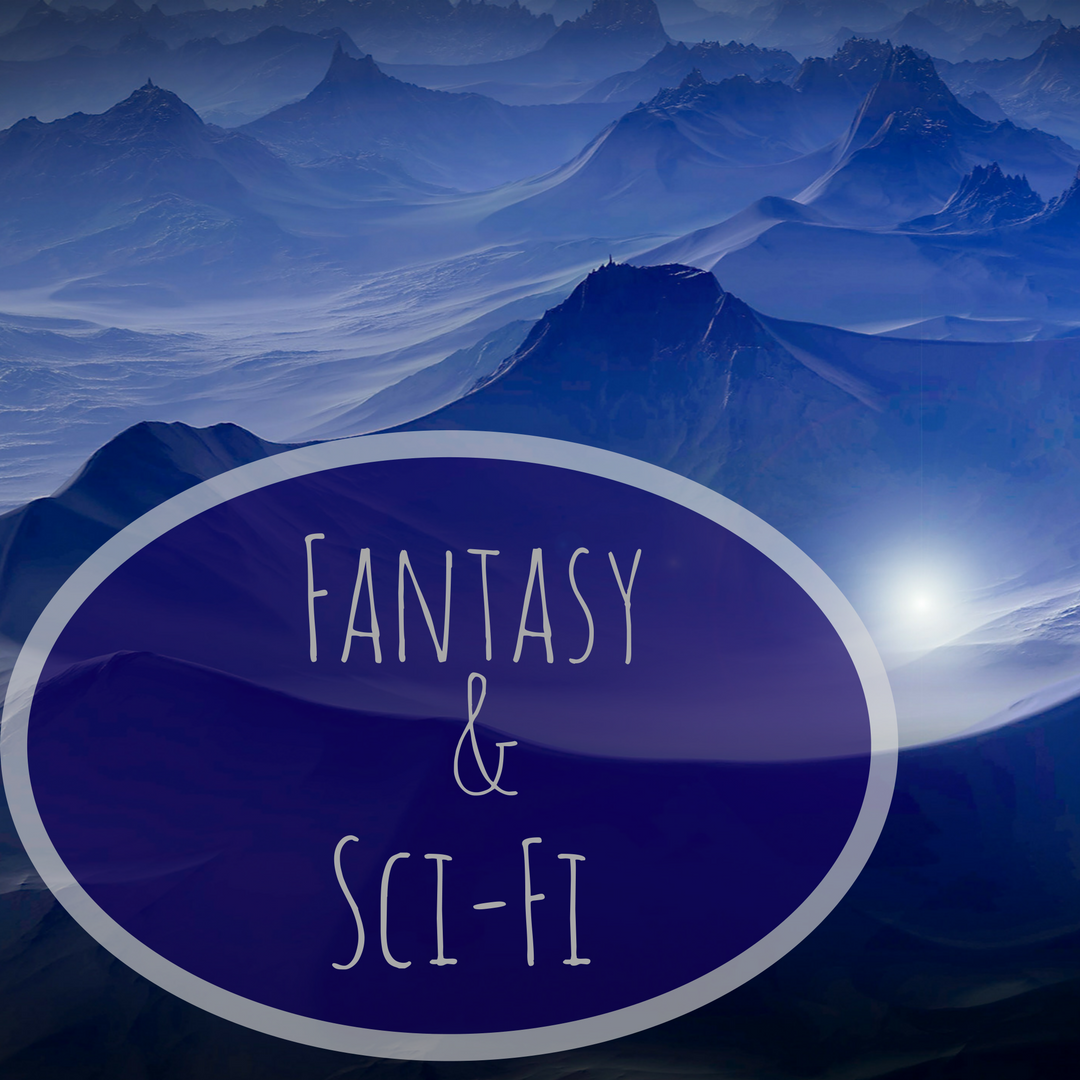Time travel is a stable in science fiction. Countless books, comics, movies, and TV shows have used it as their main plot device. Even more have incorporated it into a key moment of the story. Over the years, eight major types of time travel logic emerged. Recently, YouTubers Eric Voss and Héctor Navarro examined all eight types, and looked at which one gets it most correct in term of the real world science behind science fiction.
Type 1 Anything goes
Definition: Characters travel back and forth within their historical timeline.
This approach frees you to have fun and not get lost in the minutiae of how time travel works. Usually, there’s a magical Maguffin that to quote the great Dr. Ememett Brown, “makes time travel possible”. Writers have used a car, a phone booth, and a hot tub, among other options. This approach leads to inconsistent limits on the logic of the time travel, but this doesn’t mean the story is poorly plotted, won’t be enjoyable or won’t be an enormous hit. This approach is more science fantasy than science fiction with no basis in real-world science.
Examples: Back to the Future, Bill and Ted’s Excellent Adventure, Hot Tube Time Machine, Frequency, Austin Powers, Men In Black 3, Deadpool 2, The Simpsons, Galaxy Quest, Star Trek TOS, Doctor Who, 11/22/63 by Stephen King.
Type 2 Branch Reality
Definition: Changes to the past don’t rewrite history. They split the timeline into an alternate branch timeline. This action does not change or erase the original timeline.
As authors got more familiar with the science behind time travel in theoretical physics, this type, based upon the many worlds theory in quantum mechanics, emerged. When the character travels back into the past and changes events, they create a new reality. Their original reality is unchanged. Branches themselves can branch leading to a multiverse of possibilities.
Examples: The Disney Plus series, Loki, used this extensively. See also: Back to the Future Part II, Avenger’s Endgame, the DC Comics multiverse, the Marvel Comics multiverse, Rick and Morty, Star Trek (2009), A Wrinkle in Time by Madeleine L’Engle.
Type 3 Time Dilation
Definition: Characters traveling off-world experience time moving more slowly than elsewhere in the universe, allowing them to move forward in time (but not backward).
This type is the based upon our scientific understanding of how time slows down as you approach the speed of the light. This is a forward-only type of time travel. There’s no going backwards.
Examples: Planet of the Apes, Ender’s Game, Flight of the Navigator, Interstellar, Buck Rodgers.
Type 4 This Always Happened
Definition: All of time is fixed on a predestined loop in which the very act of time travel itself sets the events of the story into motion.
This one can confuse and delves closer to the realm of theology than science. It feels gimmicky, and has become something of a trope making it hard to pull this off in a satisfying way for your audience. This type also invites the audience to question if your protagonist ever had free will or agency in the story.
Examples: Terminator, Terminator 2, Harry Potter and the Prisoner of Azkaban, Game of Thrones-Season 6, Twelve Monkeys, Interstellar, Kate and Leopold, The Butterfly Effect, Predestination, Ricky and Morty-Season 5, Looper.
Type 5 Seeing the Future
Definition: After seeing a vision of their fate, characters choose to change their destiny or embrace their lot.
We’re stretching to call this time travel, but it provides your story with built-in conflict and stakes. Will the hero choose to walk the path knowing how it will end, or will they choose a different path?
Examples: Oedipus Rex, A Christmas Carol, Minority Report, Arrival, Next (Nicolas Cage), Rick and Morty-Season Four. Star Trek:Discovery-Season 2, Avenger’s EndGame with Dr. Strange and the Mind Stone.
Type 6 Time Loop / Groundhog Day
Definition: Characters relive the same day over and over, resetting back to a respawn point once they die or become incapacitated.
This type gained popularity after the movie, Groundhog Day, became a tremendous hit. Most of the other examples take the Groundhog Day idea and put a slight twist on it. Like Type 4 “This Always Happened”, the popularity of this type can make it harder to pull off in a fresh and innovative way.
Examples: Obviously, Groundhog Day with Bill Murray. Edge of Tomorrow, Doctor Strange in the ending battle with Dormammu, Russian Dolls (Netflix), Palm Springs, Star Trek TNG.
Type 7 Unstuck Mind
Definition: Characters consciousness transport through time within his body to his life at different ages.
Nostalgia for the past and dreaming of the future are core parts of the human experience. This type runs more metaphorically than scientific.
Examples: Slaughterhouse 5 by Kurt Vonnegut, X-Men: Days of Future Past, Desmond in the series Lost.
Type 8 Unstuck Body
Definition: A character’s body or object becomes physically detached from the flow of time within the surrounding universe, becoming inverted or younger. Only certain objects or bodies are unstuck from time. Also called Inverted Entropy.
This one will blow your mind if you think about it for too long. Like Type 2 “Branch Reality”, this one comes from the realm of quantum mechanics and theoretical physics. Scientists and mathematicians have all the formulas worked out to make this de-aging a reality, but currently lack the technology to control all the variables in the ways needed. It would like scientists working out than an object could break the speed of the sound in 1890. It would look inconceivable, given the technology of the day, but I wouldn’t put limits on human ingenuity.
Examples: Dr. Strange (the Hong Kong battle). Tenet, briefly in Endgame with Scott Lang and Bruce, Primer.
If you’re writing a time travel story, you’ll need to decide which one of these types you want to deploy. They all have their advantages and disadvantages. In many ways, its similar to designing your magic system, especially if you go with a Type 1 time travel story. The most important thing remains to have relatable characters and to tell a great story while being internally consistent with the rules and logic of your story world.

Ted Atchley is a freelance writer and professional computer programmer. Whether it’s words or code, he’s always writing. Ted’s love for speculative fiction started early on with Lewis’ Chronicles of Narnia, and the Star Wars movies. This led to reading Marvel comics and eventually losing himself in Asimov’s Apprentice Adept and the world of Krynn (Dragonlance Chronicles).
After blogging on his own for several years, Blizzard Watch (blizzardwatch.com) hired Ted to be a regular columnist in 2016. When the site dropped many of its columns two years later, they retained Ted as a staff writer.
He lives in beautiful Charleston, SC with his wife and children. When not writing, you’ll find him spending time with his family, and cheering on his beloved Carolina Panthers. He’s currently revising his work-in-progress portal fantasy novel before preparing to query.
Ted has a quarterly newsletter which you can join here. You’ll get the latest on his writing and publishing as well as links about writing, Star Wars, and/or Marvel.





1 Comment
[…] https://www.almostanauthor.com/the-eight-types-of-time-travel/ […]